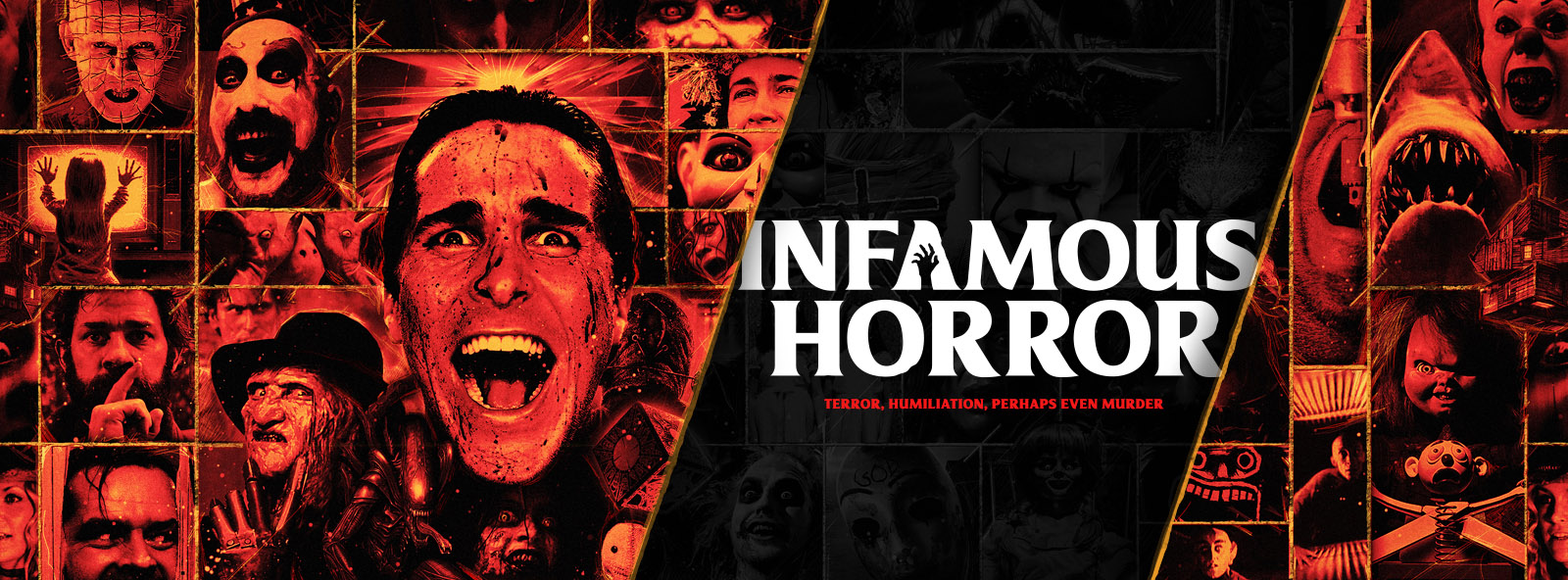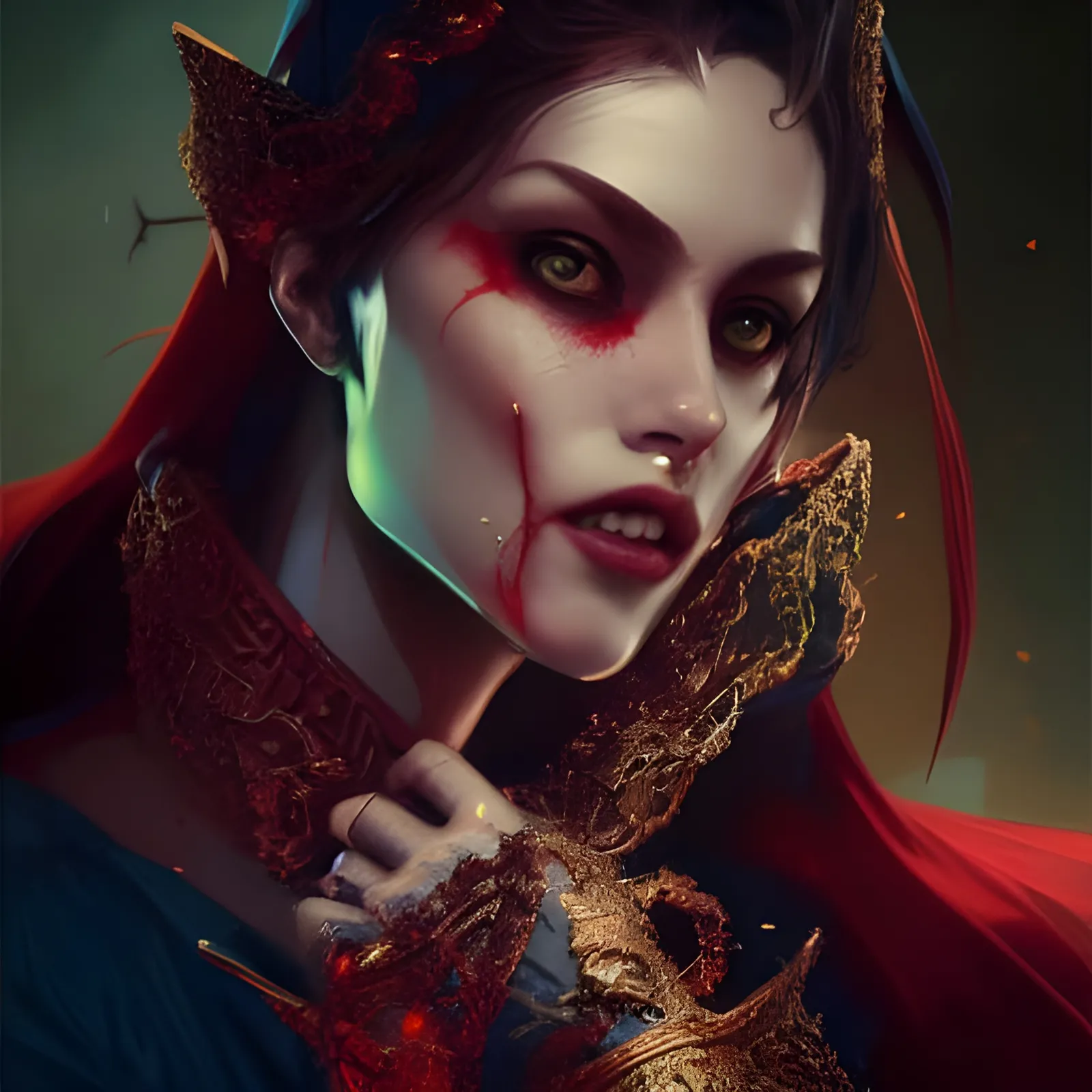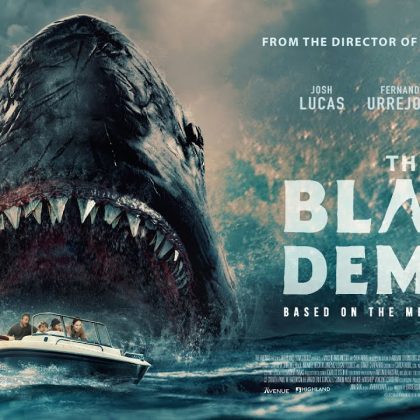As the sun sets on traditional filmmaking and the dawn of artificial intelligence breaks over the horizon, we find ourselves pondering the implications of this new age. With the release of the documentary, “Immortal Obsession: A History of Vampires,” AI technology has plunged its fangs into the realm of entertainment, sinking deep into the very fabric of our culture. But as we embrace the tantalizing possibilities of AI-produced content, are we also welcoming the demise of human artistry?
In recent years, AI has emerged as a transformative force, disrupting industries, and radically altering the ways in which we live, work, and create. The rapid advancements in machine learning and deep learning have enabled AI to not only mimic human behavior but to surpass it in a wide array of tasks. In the world of entertainment, the release of “Immortal Obsession: A History of Vampires” marks a new milestone in AI-generated content, raising pressing questions about the role of AI in the future of storytelling.

The allure of AI lies in its ability to process massive amounts of data at unparalleled speeds, analyze complex patterns, and generate content with minimal human intervention. This efficiency has the potential to reduce costs, streamline production processes, and open up new creative avenues for artists. However, the rise of AI also presents a sobering reality: the displacement of human labor, including creative professions. As AI’s capabilities continue to grow, the line between human and machine-made art becomes increasingly blurred, leaving us to grapple with the question of what truly defines the essence of art.
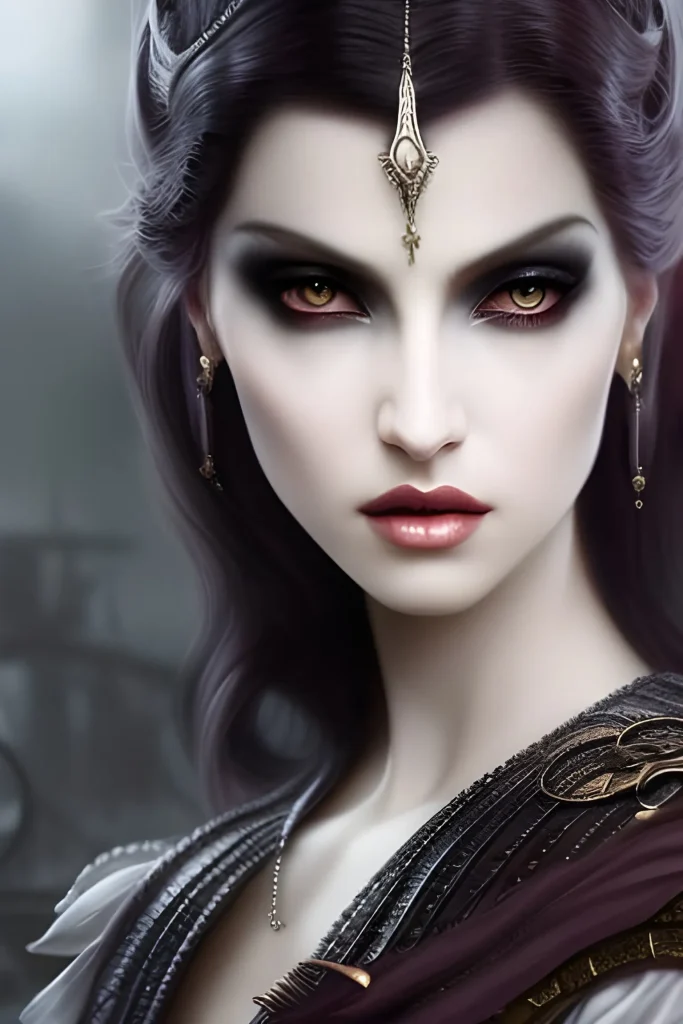
The rapid progress in AI research and development has pushed the boundaries of what machines can achieve. As technology continues to evolve at breakneck speed, the traditional distinction between human and machine-generated content is growing ever fainter. In this rapidly changing landscape, it is crucial that we pause and reflect on the ethical, moral, and philosophical implications of AI-generated art.

“Immortal Obsession: A History of Vampires” serves as a chilling reminder of the potential for AI to usurp the roles of artists and creatives. With the documentary’s fascinating exploration of the vampire mythos, AI has proven its ability to captivate audiences with compelling storytelling. But at what cost? As AI technology continues to advance, will we lose the invaluable human touch that has defined the essence of art and storytelling for millennia?
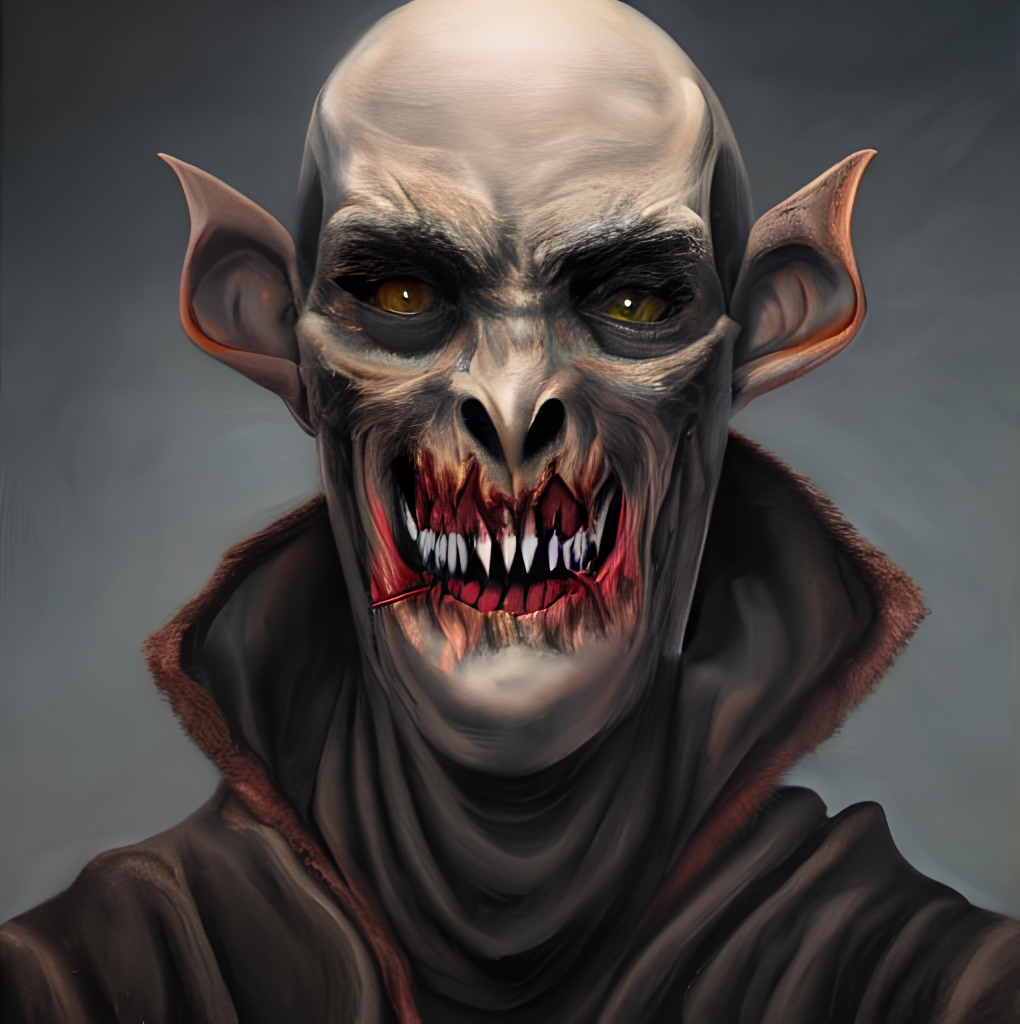
As we stand on the cusp of a new era in filmmaking, we must consider whether we ought to encourage the proliferation of AI-generated content. While AI can undoubtedly bring efficiency and innovation to the table, we must also weigh the potential consequences of diminishing human creativity and the devaluation of artistic labor.
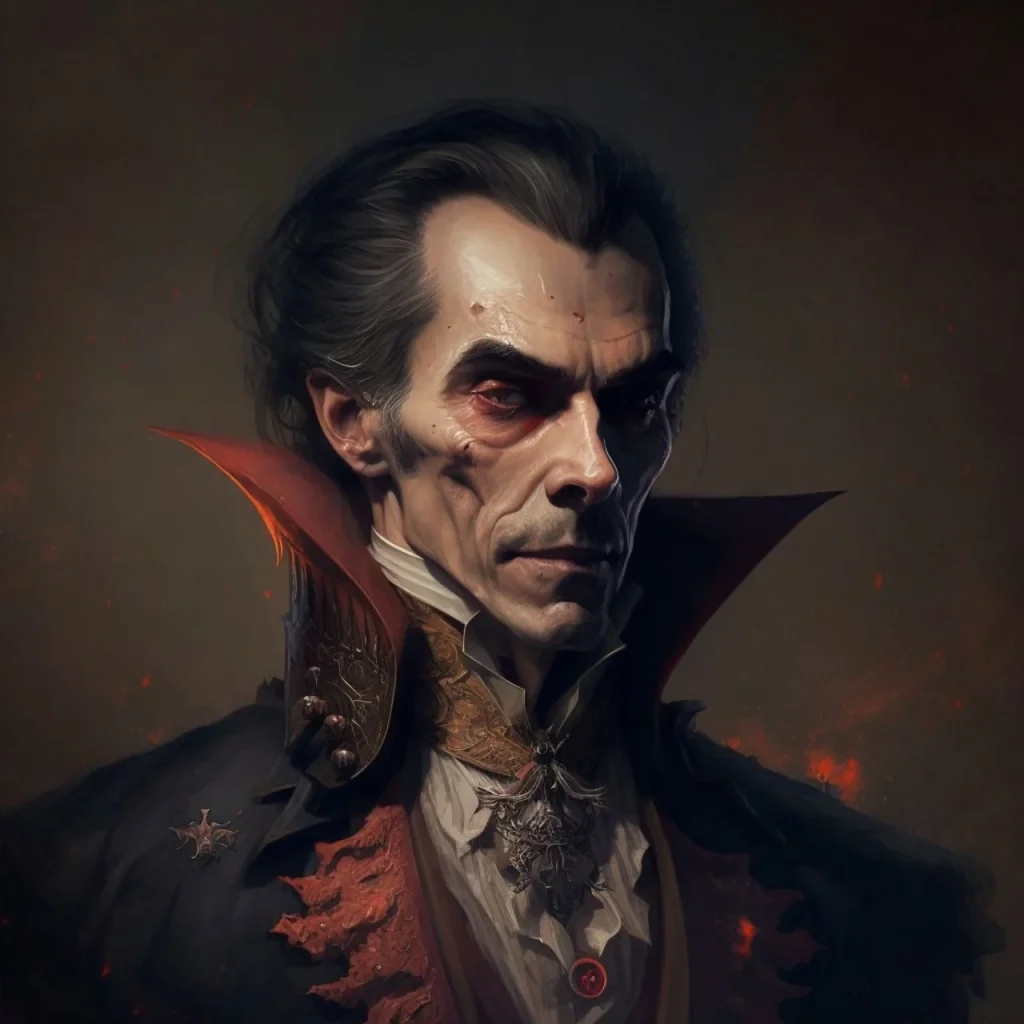
With “Immortal Obsession: A History of Vampires” serving as a testament to AI’s prowess in filmmaking, audiences are left to decide whether they will embrace this new wave of AI-generated content. As we ponder this choice, let us also remember the irreplaceable value of human creativity and the profound questions that AI raises about the future of art, storytelling, and our collective identity.
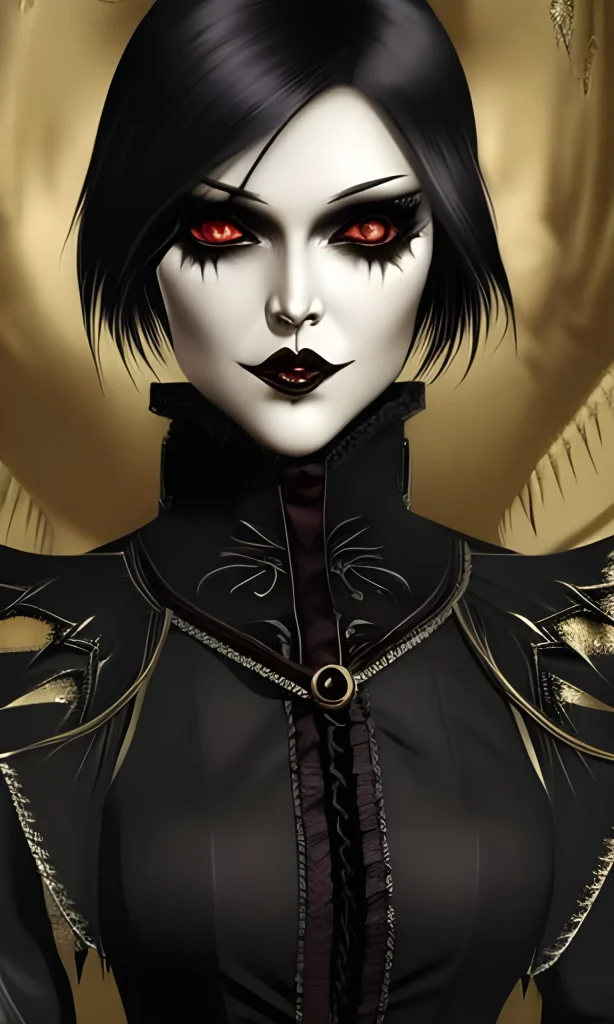
In conclusion, the release of “Immortal Obsession: A History of Vampires” invites us to reflect on the philosophical implications of AI-generated art and the future of human creativity. As we navigate this uncharted territory, let us consider the value of preserving the human touch in the age of machines, lest we risk losing the essence of what makes art truly transcendent.
TRAILER

